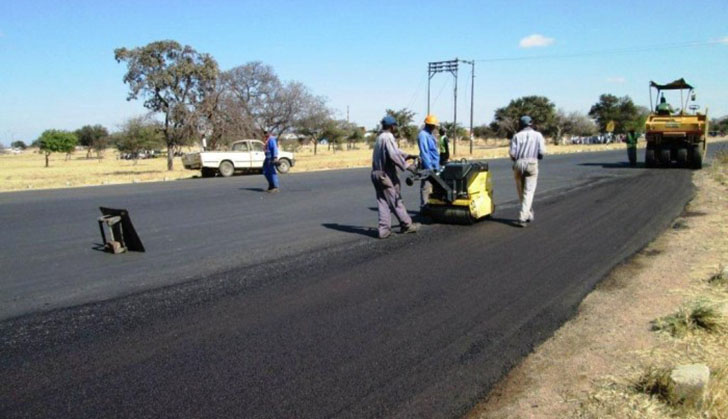lifestyle Thu, 25 Nov 2021
Bulawayo gets major facelift
Published: 2 years ago

THE ongoing rehabilitation of 65 major roads in Bulawayo under the Government-funded Emergency Road Rehabilitation Programme 2 (ERRP2) is set to transform the face of the city and attract investment.
Comments
You are not logged in! You need to be logged in to comment.
Note: User data will be protected by our privacy policy. Emails , contacts and names of users will not be made public. You can also comment using a different username for your safety.


